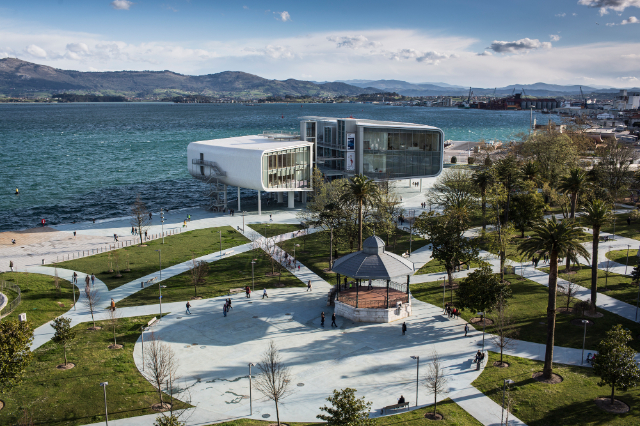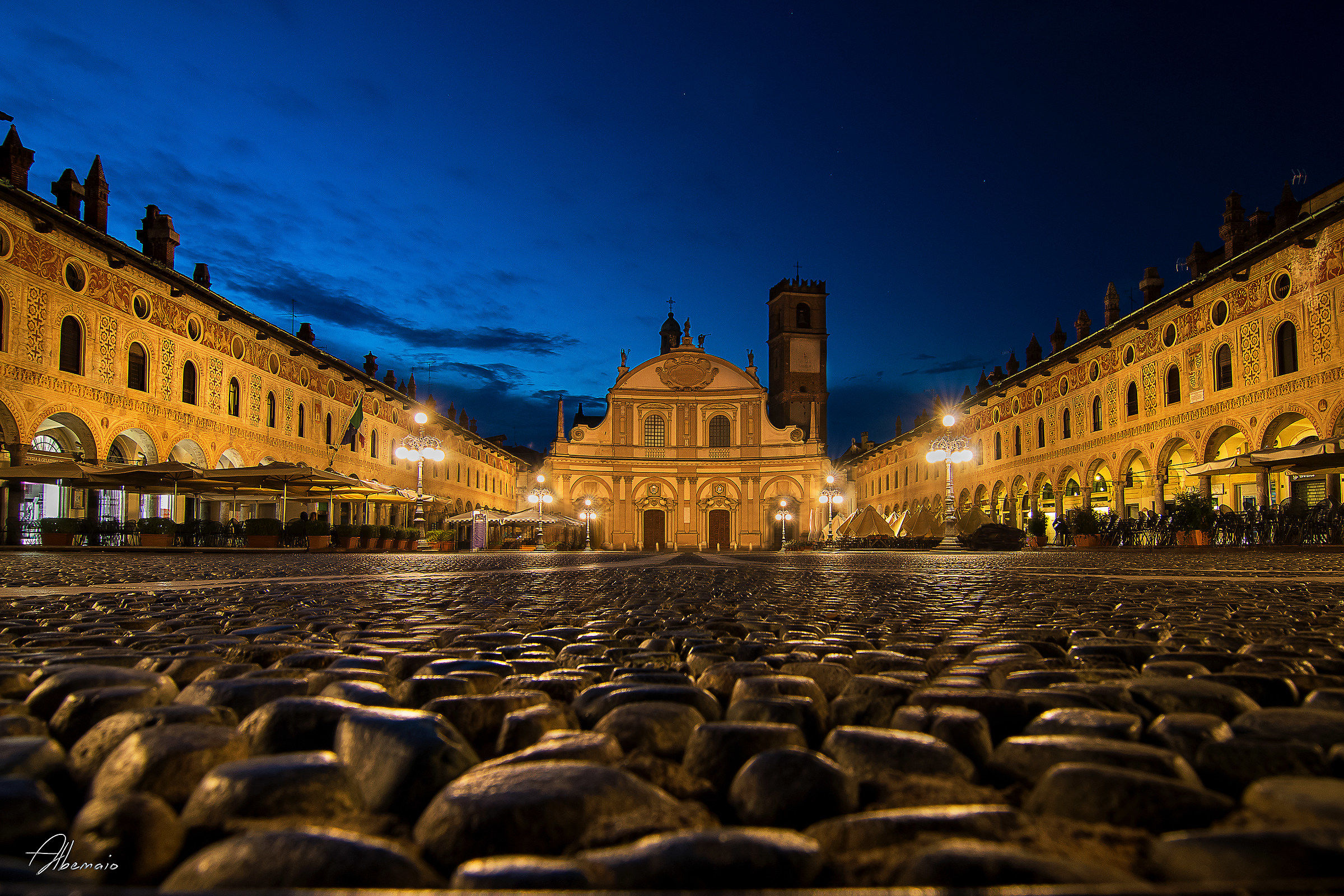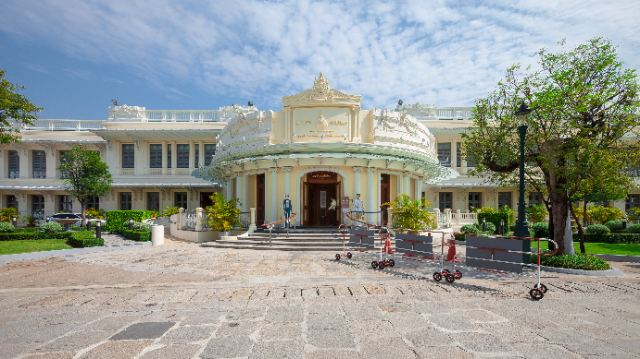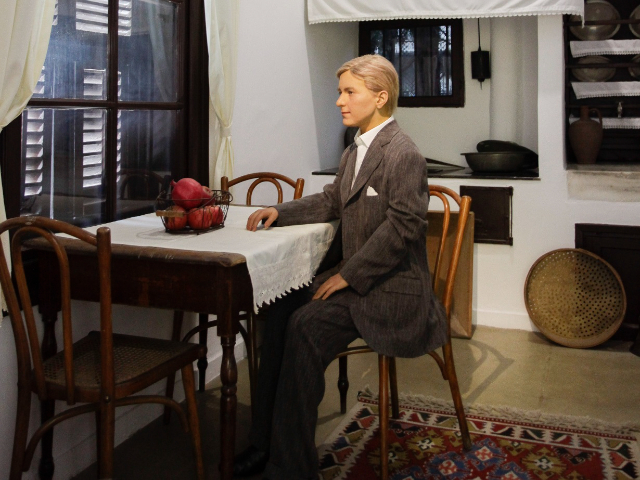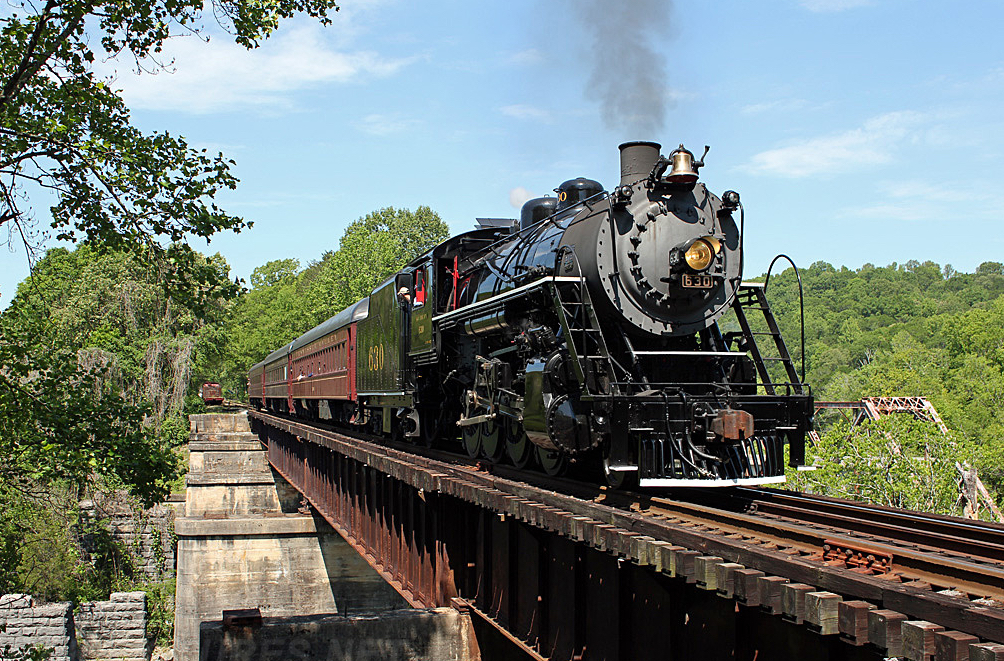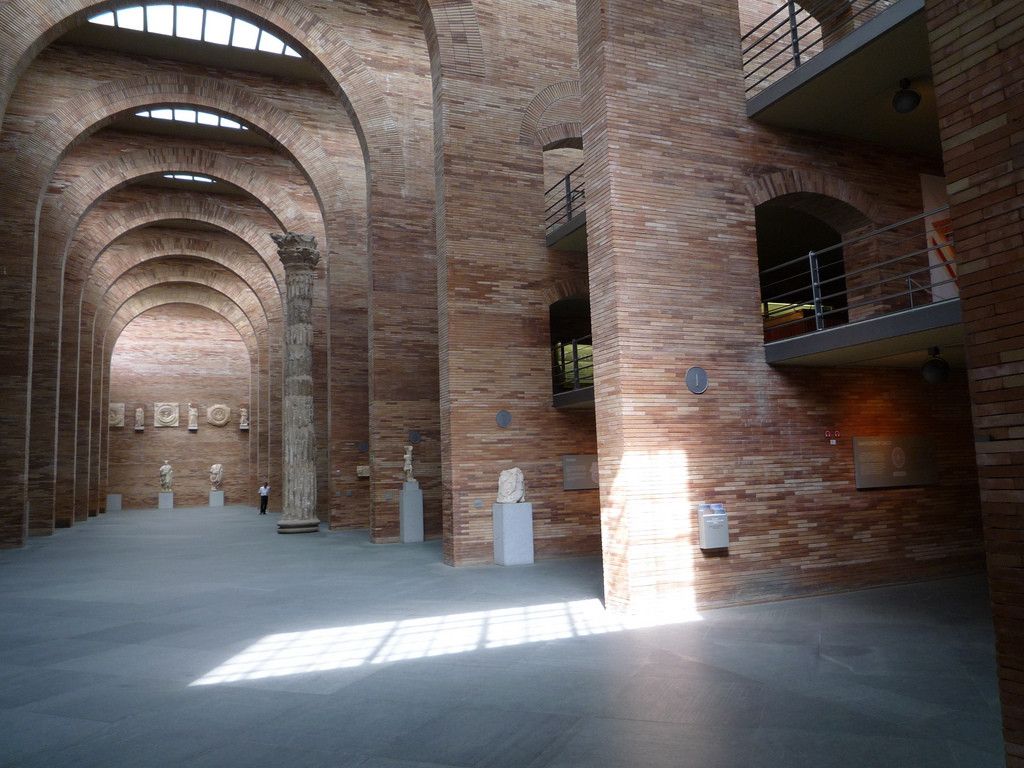If you love the Baroque, with its sumptuousness and many and rich decorations, go to Via dei Crociferi, a real open-air museum. In just 200 meters is a succession of religious buildings with sumptuous facades, a strong sense of scenic setting, so much so that film directors have even shot some scenes of their films here. An example? Franco Zeffirelli’s Sparrow.
Go under thearch of San Benedetto, which according to legend was built in one night. On a staircase is the imposing eighteenth church of San Benedetto, with the life of the saint told on a beautiful wooden door. Once you have entered, you can fill your eyes with the bright colors of the frescoes and paintings. If you want to experience a truly evocative moment, at dawn on February 6th, from the adjacent convent, the cloistered nuns pay homage at the passage of the procession to the city’s patroness, Saint Agatha, singing a sweet song that spreads through the street, which suddenly becomes silent even if is full of Catania people and tourists.
Then let yourself be enchanted by the majestic double flight of steps of the church of San Francesco Borgia and the neighboring Jesuit College, which contains a beautiful cloister, with arcades on columns and arches, and a floor decorated with bands of white limestone and black pebbles. Resume your walk and, on your right, admire the most expressive example of Catania’s Baroque, the church of San Giuliano (1739-51). With clean and elegant lines, it has a pavilion vault and a sumptuous high altar embellished with rare marbles and gilded bronzes. If during the day it is known as a wonderful baroque scenery, at night the street shows the other face of the city, the earthly one: the evening life is concentrated in the area of the Alessi stairway, inside one of the many small bars, or on the street, taking advantage of the climate, which in Catania is mild even in winter.


